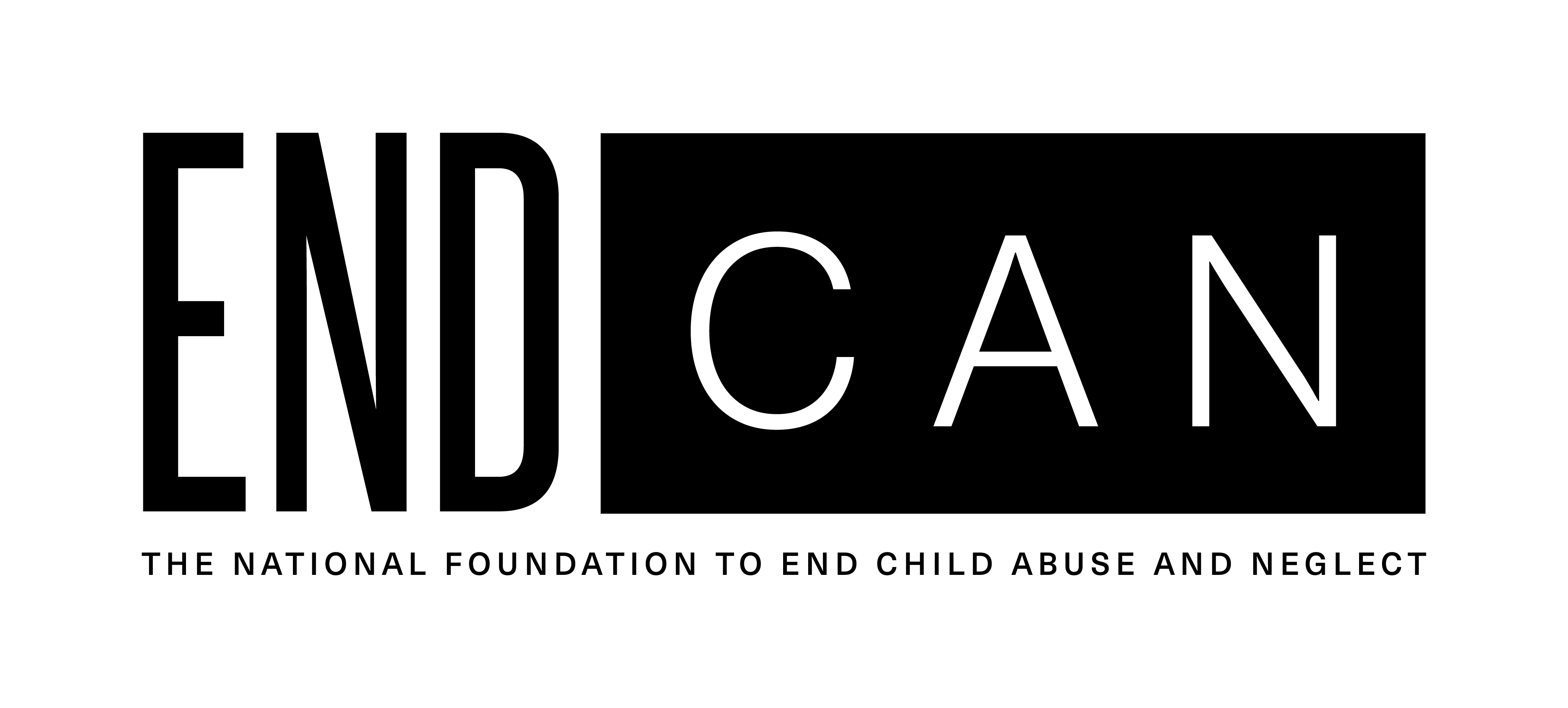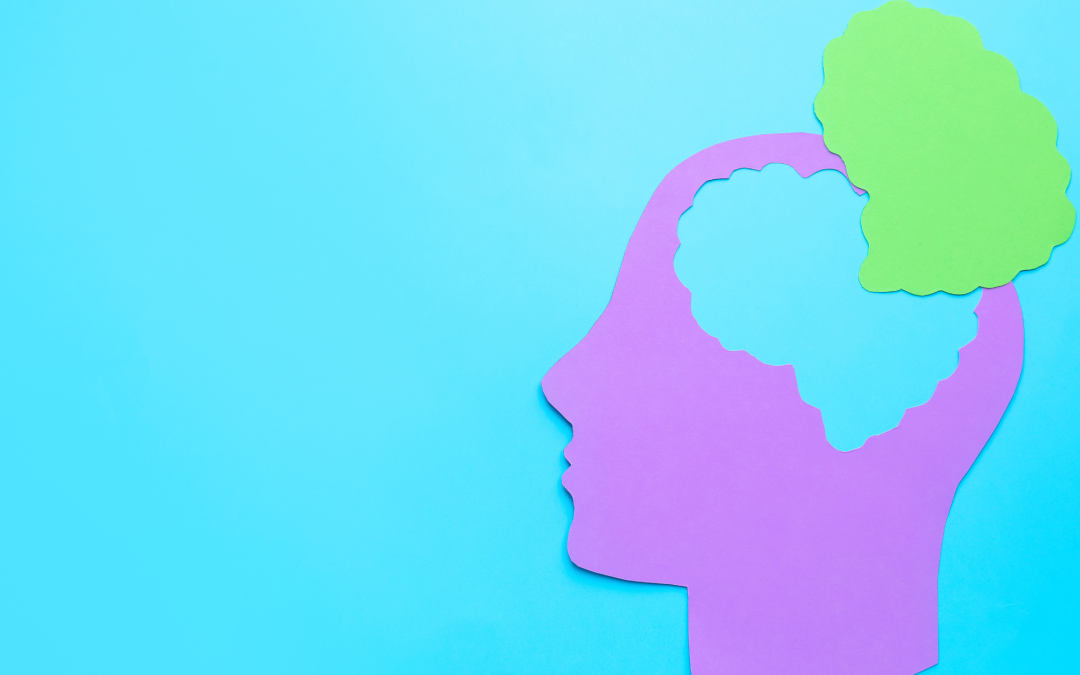Every child, without exception, deserves a safe, nurturing atmosphere. Experiencing neglect or physical, emotional, or sexual harm can warp the essence of childhood. For adult survivors of child abuse, the healing journey often involves wrestling with memories of a time when the world seemed void of protection and care.
Yet, it’s crucial to remember that the resilience of the human spirit isn’t just a phrase; it’s a palpable reality. Survivors’ incredible strength in their capacity to rebuild and rediscover love and trust stands as a testament to this indomitable spirit. Modern neuroscience and groundbreaking brain imaging provide a beacon of hope, revealing that even if early trauma has imprinted itself on your brain, there is an inherent potential for healing and rejuvenation.
Beyond the visible and invisible scars lies the hope for metamorphosis. It’s never too late to seek help, find solidarity, and embark on the healing path. As you continue reading, you’ll gain insights into child abuse’s immediate and long-term effects.
Still, more importantly, you’ll find the many gateways that lead to healing. Remember, the past might have shaped you, but it doesn’t have to define you.
How Child Abuse Impacts Brain Structure and Function
Child abuse can have devastating and long-lasting effects on a child’s developing brain. Recent studies using advanced neuroimaging techniques, like functional magnetic resonance imaging (fMRI) and positron emission tomography (PET), are helping us understand the immediate effects of abuse on a child’s brain, providing new insights into how abuse impacts brain structure and function.
- Stress and the Brain
Exposure to prolonged stress can result in increased production of the hormone cortisol. Excessive cortisol, particularly in a developing brain, can lead to memory and concentration problems, particularly in a developing brain. - Brain Volume
A 2019 study revealed that children exposed to abuse have decreased brain volume, especially in the areas associated with emotion regulation, cognition, and impulse control. - Neural Connectivity
Evidence suggests altered connectivity patterns in various brain regions in abused children, which may be a potential factor in the increased risk of psychiatric disorders.
Long-Term Neurological Implications
The implications of child abuse aren’t limited to the immediate aftermath. Its effects can span decades, affecting an individual’s mental health, cognitive abilities, and interpersonal relationships.
- Post-Traumatic Stress Disorder (PTSD)
One of the most common and severe psychological consequences of child abuse is PTSD. Individuals with PTSD relive the traumatic events through intrusive memories, nightmares, and flashbacks. They may also experience heightened arousal, avoid trauma reminders, and develop negative changes in thoughts and mood. Persistent psychological distress can severely impair day-to-day functioning, relationships, and overall quality of life. - Depression and Anxiety
Abused children are at a higher risk of developing mood disorders. Neuroimaging studies have found reduced hippocampal volume in adult survivors of child abuse, a pattern commonly seen in depression. - Substance Abuse
Neurological changes brought about by early trauma can make an individual more susceptible to substance abuse. The brain’s reward system, especially the dopamine pathways, can be altered by early traumatic experiences, making abused individuals more prone to seek external means of mood regulation.
Neuroplasticity Offers Hope
Neuroplasticity — the brain’s capacity to reorganize itself by forming new neural connections — is a hopeful concept in neuroscience. In other words, our brains are dynamic and have the potential to heal and grow even after traumatic experiences like child abuse. The understanding of neuroplasticity gives us hope for several reasons.
- Rewiring Possibilities
Even if specific neural pathways have been reinforced due to trauma, it’s possible to form and strengthen healthier connections through particular interventions. Over time, this can lead to more adaptive responses and behaviors. - Therapeutic Interventions
Modern therapeutic interventions like Cognitive Behavioral Therapy (CBT), Eye Movement Desensitization and Reprocessing (EMDR), and mindfulness practices have been shown to harness neuroplasticity’s power. These methods can help individuals reprocess traumatic memories, change maladaptive thought patterns, and develop healthier coping mechanisms. - Support Systems
Positive social interactions, supportive environments, and strong personal relationships can promote neuroplastic changes. A safe, nurturing environment can help form new, healthy neural connections, further supporting healing. Online platforms like EndCAN’s free survivor community group, Louder Than Silence, through Inspire, open doors to a place where survivors can feel safe and be authentic while anonymously sharing experiences and learning from others, reinforcing the belief that no survivor stands alone.
Help Us End Child Abuse and Neglect
While child abuse has profound and often lasting impacts, neuroplasticity offers tangible hope. Through the brain’s inherent ability to change, and with the right interventions, many adult survivors of child abuse can navigate a path toward healing and leading fulfilling lives.
If you or someone you know struggles with the repercussions of child abuse, EndCAN is always here for you with valuable resources. You don’t have to navigate these challenges alone; you can heal with the right support and care.
Don’t suffer in silence. Breaking the silence is one way we can stop child abuse. When you’re ready, share your story so other adult survivors of child abuse know they’re not alone. Your generous contribution can also help us provide support and help adult survivors of child abuse heal.


Recent Comments